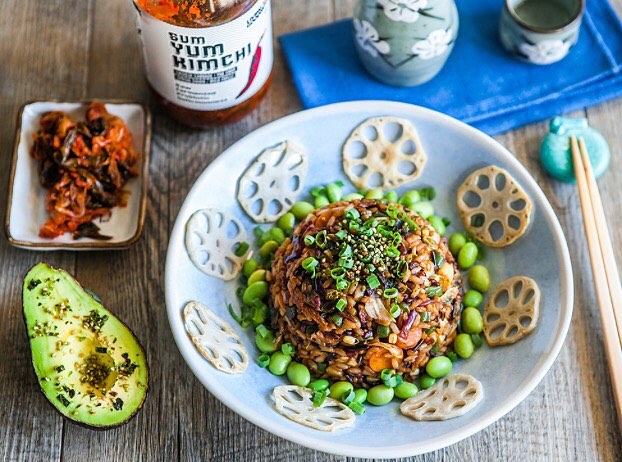Fermented foods like our own sauerkraut and kimchi products have steadily gained popularity over the past couple of years, but the historical origins behind these fermented foods goes much farther back.
A study of sauerkraut
Use of preserved cabbage can be traced as far back as the 4th century BC. “Sauerkraut” in English derives from the German word for “sour cabbage”, sauerkhol. Although the first mention of sauerkraut as a German product appeared in 1607, some historians argue that it in fact originated in China before being brought to Eastern Europe.
Sauerkraut also played a surprising role during the Age of Exploration, when sailors often suffered from scurvy or Vitamin C deficiency. According to the US National Library of Medicine, Captain James Cook fed his crew sauerkraut and lime juice to combat the condition.
The evolution of kimchi
Kimchi dates back to around 37 BC, and is the national dish of North and South Korea. Unlike today’s common understanding of the dish as a spicy fermented food, chili peppers were brought by foreign traders only in the 17th century. The 19th century saw widespread use of chili peppers in kimchi, contributing to its signature red color we know it for today.
Modern Korean kimchi consists of cabbage and is stored in refrigerators, but older variations were stored in underground jars and made with radish and cucumbers. The English word for kimchi likely arose from the Chinese word chimchae, which means “pickled vegetables with salt”.
Fermented foods in the present
You’ll be sure to impress friends and family at the dinner table with your knowledge of these two time-honored staples. Persuade your guests to sample your dishes by providing the history and health benefits these tangy foods provide.
Get creative with your next meal! The possibilities are endless – check out our recipe page for ideas.
Sources:
https://www.ncbi.nlm.nih.gov/pubmed/15991750
http://www.nhs.uk/Conditions/Scurvy/Pages/Introduction.aspx
https://www.ncbi.nlm.nih.gov/pmc/articles/PMC4268643/
http://www.sciencedirect.com/science/article/pii/S2352618115000451
Guide to Korean Culture: Korea's cultural heritage (2015 ed.). Seoul: Korean Culture and Information Service, Ministry of Culture, Sports and Tourism. 2015 [1995]. pp. 131–133. ISBN 9788973755714.
Tamang, Jyoti Prakash, and Kasipathy Kailasapathy. Fermented foods and beverages of the world. Boca Raton, CRC Press/Taylor & Francis, 2010.



